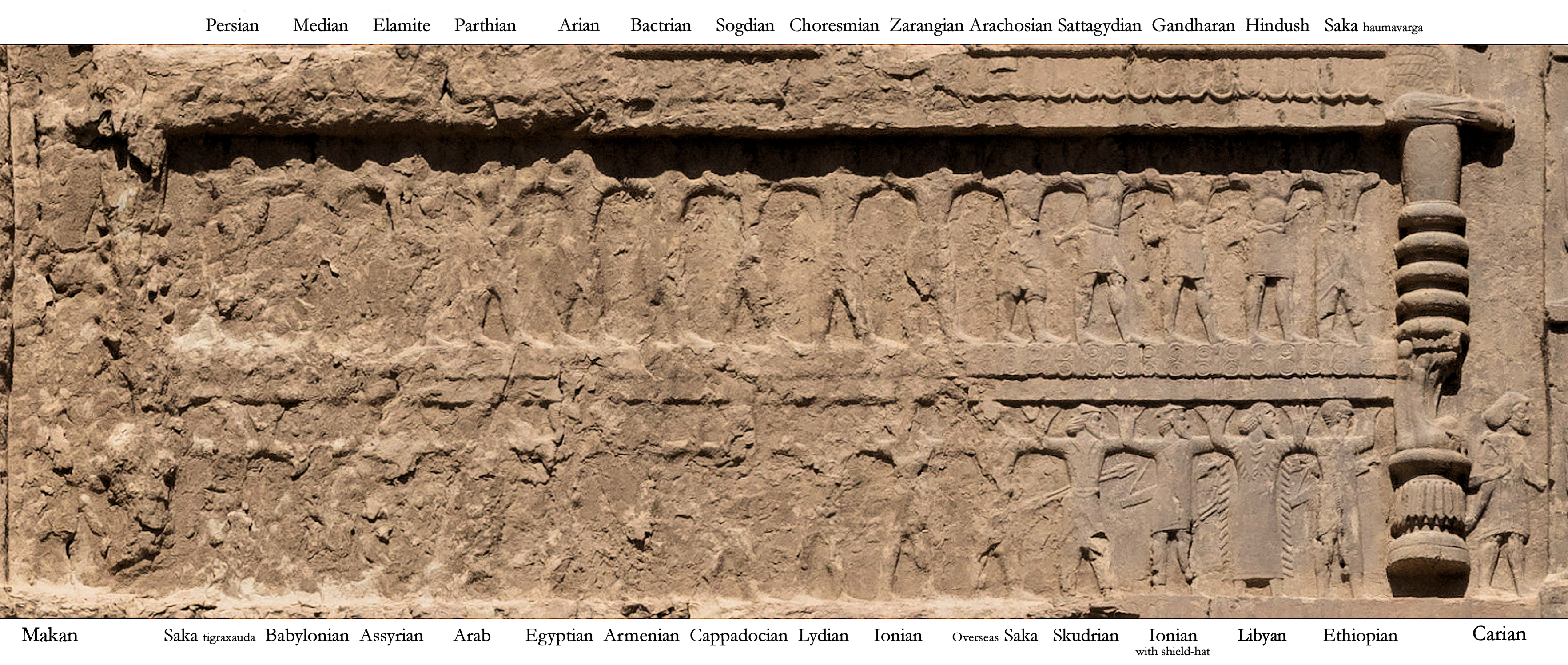|
Darius II
Darius II ( peo, 𐎭𐎠𐎼𐎹𐎺𐎢𐏁 ; grc-gre, Δαρεῖος ), also known by his given name Ochus ( ), was King of Kings of the Achaemenid Empire from 423 BC to 405 or 404 BC. Artaxerxes I, who died in 424 BC, was followed by his son Xerxes II. After a month and half Xerxes II was murdered by his brother Sogdianus. His illegitimate brother, Ochus, satrap of Hyrcania, rebelled against Sogdianus, and after a short fight killed him, and suppressed by treachery the attempt of his own brother Arsites to imitate his example. Ochus adopted the name Darius (Greek sources often call him Darius ''Nothos'', "Bastard"). Neither the names Xerxes II nor Sogdianus occur in the dates of the numerous Babylonian tablets from Nippur; here effectively the reign of Darius II follows immediately after that of Artaxerxes I. Historians know little about Darius II's reign. A rebellion by the Medes in 409 BC is mentioned by Xenophon. It does seem that Darius II was quite dependent o ... [...More Info...] [...Related Items...] OR: [Wikipedia] [Google] [Baidu] |
King Of Kings
King of Kings; grc-gre, Βασιλεὺς Βασιλέων, Basileùs Basiléōn; hy, արքայից արքա, ark'ayits ark'a; sa, महाराजाधिराज, Mahārājadhirāja; ka, მეფეთ მეფე, ''Mepet mepe''; gez, ንጉሠ ነገሥት, Nəgusä Nägäst, group="n" was a ruling title employed primarily by monarchs based in the Middle East. Though most commonly associated with Iran (historically known as Persia in the West), especially the Achaemenid and Sasanian Empires, the title was originally introduced during the Middle Assyrian Empire by king Tukulti-Ninurta I (reigned 1233–1197 BC) and was subsequently used in a number of different kingdoms and empires, including the aforementioned Persia, various Hellenic kingdoms, Armenia, Georgia, and Ethiopia. The title is commonly seen as equivalent to that of Emperor, both titles outranking that of king in prestige, stemming from the medieval Byzantine emperors who saw the '' Shahanshahs' ... [...More Info...] [...Related Items...] OR: [Wikipedia] [Google] [Baidu] |
